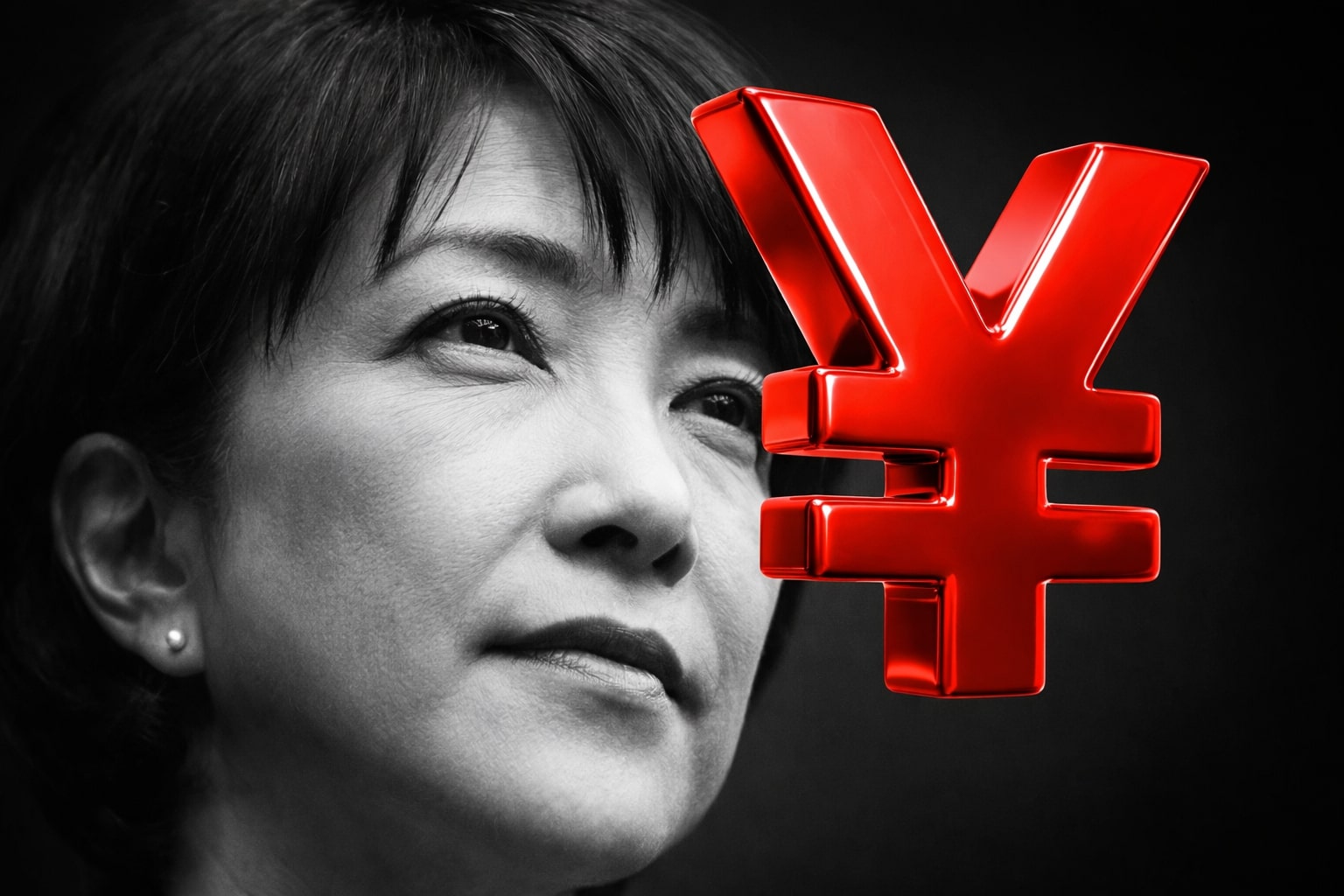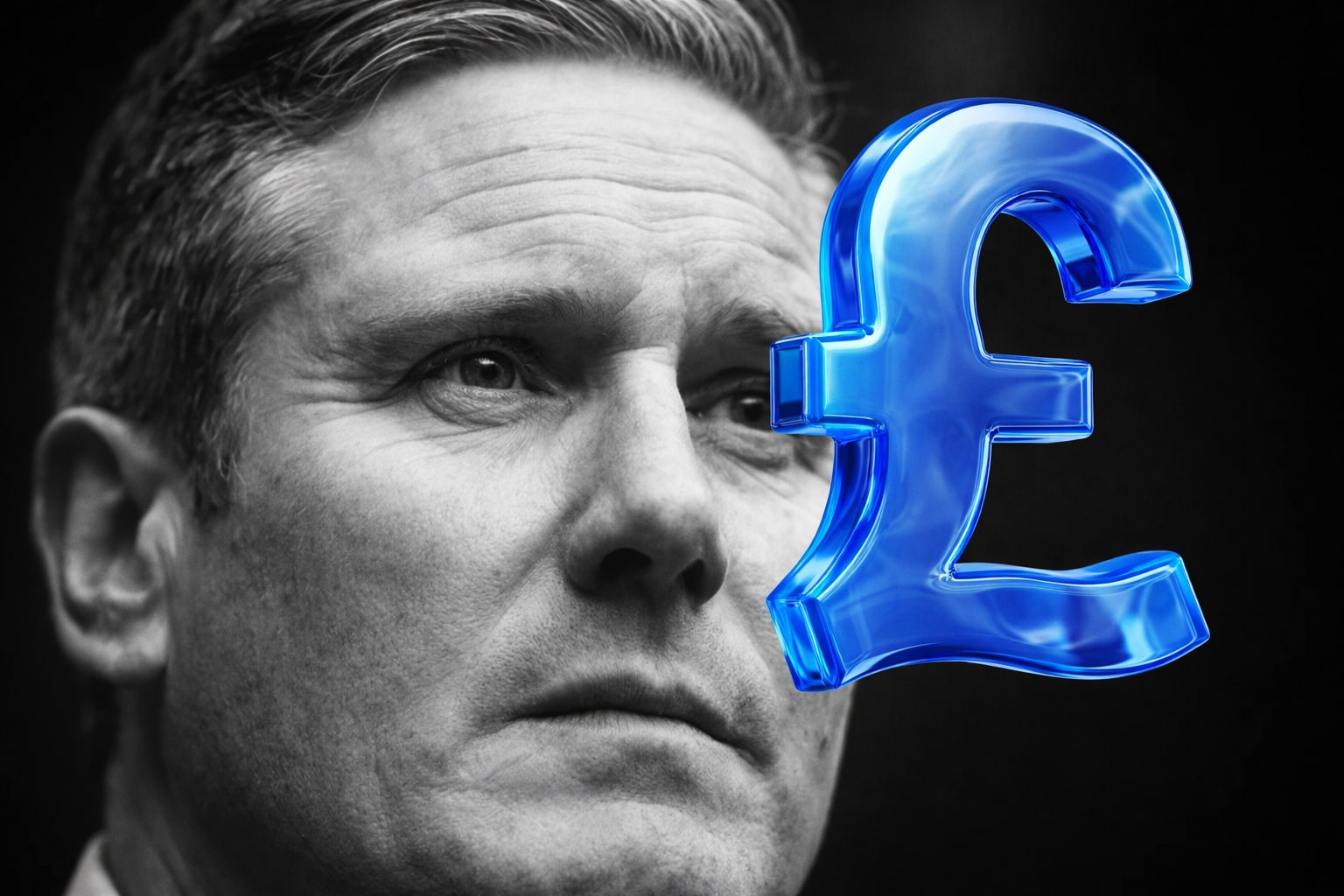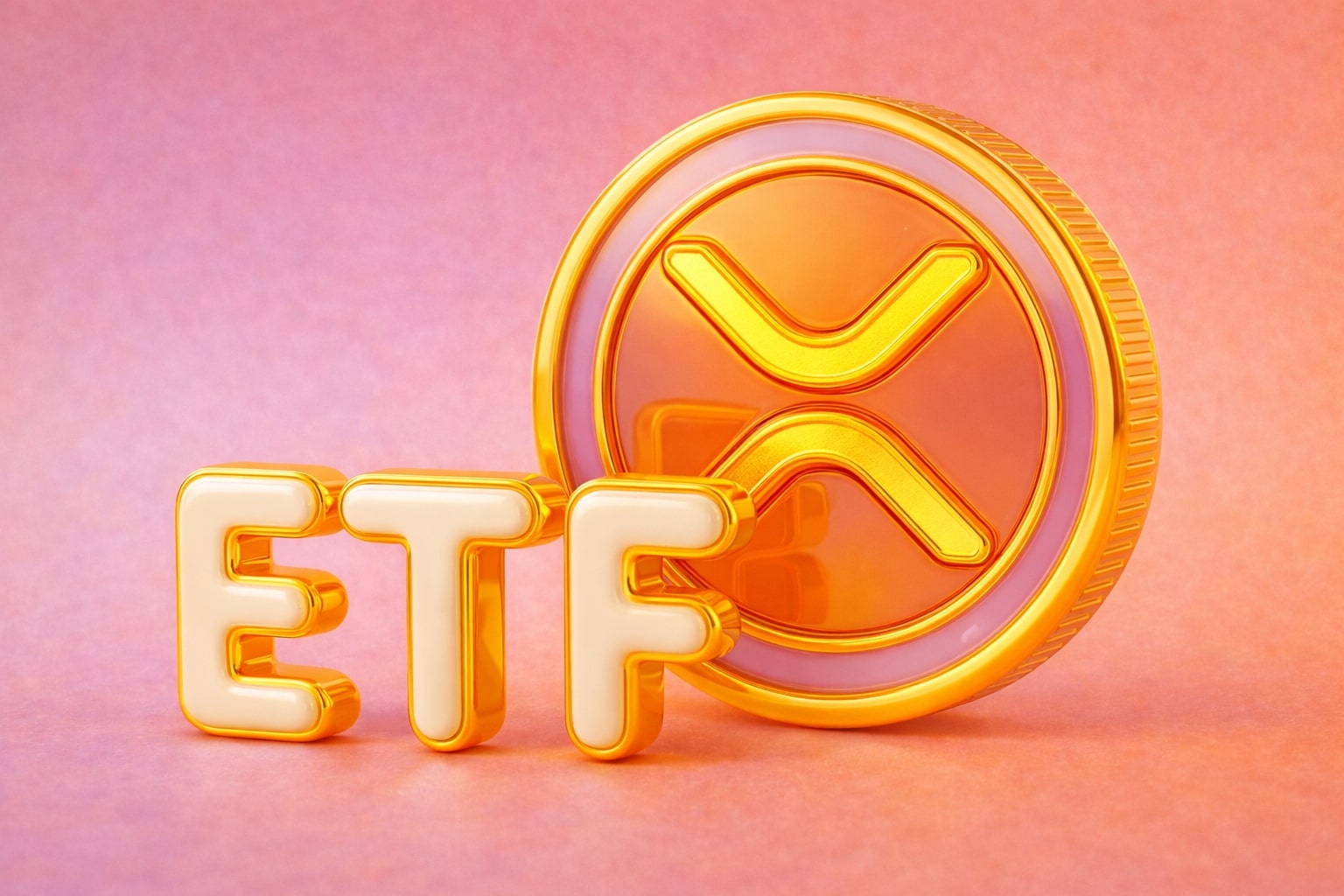
GBP/USD Price Forecast - Pound Slides to 1.3105 as BoE Rate-Cut Odds Surge and UK Political Turmoil Pressures the Pound
Sterling weakens amid 5% UK unemployment, 3.1% inflation, and 90% market odds of a December BoE cut, while the U.S. Dollar gains on shutdown deal optimism | That's TradingNEWS
GBP/USD Falls Toward 1.3100 as UK Political Uncertainty and Rate-Cut Bets Pressure the Pound
The British Pound (GBP) is losing ground against the U.S. Dollar (USD), with GBP/USD sliding to 1.3105, down 0.34% during Wednesday’s North American session. The pair’s weakness reflects a sharp combination of UK political instability, softening labor data, and shifting expectations around Bank of England (BoE) policy, all while the U.S. Dollar Index (DXY) holds firm near 99.58 as Washington edges closer to ending its government shutdown.
Sterling Hit by Political Jitters as Leadership Concerns Surface
The decline in the Pound comes amid speculation over Prime Minister Keir Starmer’s leadership ahead of the upcoming UK fiscal budget. Reports from London suggest unease within the ruling party, with unnamed allies hinting at internal tensions. Although Health Minister Wes Streeting publicly denied any leadership challenge, markets remain wary that political noise could delay fiscal clarity at a critical economic juncture.
Investors often react sharply to political instability in the UK, given its direct impact on gilts, fiscal spending, and confidence in the Pound. With the fiscal announcement due in the coming days, the uncertainty around Starmer’s leadership has introduced additional volatility across GBP pairs.
UK Labor Market Weakness Reinforces December BoE Rate-Cut Expectations
The Office for National Statistics confirmed that the UK unemployment rate has climbed to 5.0%, the highest in nearly two years, while wage growth excluding bonuses rose 3.1%, easing from prior months. The data confirms a cooling labor market, heightening expectations that the BoE will cut its policy rate by 25 basis points to 3.75% in its December 18 meeting.
Traders are now pricing a 90% probability of a cut according to Prime Market Terminal, with several major banks — Morgan Stanley, Citigroup, and UBS — aligning their forecasts to reflect the dovish pivot.
The GBP/USD pair has been particularly sensitive to these policy expectations. Each new sign of labor weakness has pulled the Pound lower as rate differentials widen in favor of the Dollar. The BoE’s last vote was 5–4, with Governor Andrew Bailey siding with hawks; however, the combination of slowing growth and subdued wage inflation leaves little justification to hold rates at restrictive levels.
Inflation Stubbornness Creates Policy Friction Within the BoE
Despite dovish market bets, some policymakers remain concerned about lingering inflation. CPI inflation in the UK remains elevated at 3.1%, well above the BoE’s 2% target, with core inflation proving sticky in services. Megan Greene, one of the more hawkish committee members, argued that cutting too soon could reignite inflation pressures — an opinion that’s keeping markets cautious.
This split between hawkish and dovish factions inside the BoE has left traders divided. The market now faces a policy tug-of-war: weak labor data pulling expectations toward cuts, while persistent inflation caps how far the BoE can go. This divergence ensures volatility around the December decision, with the GBP/USD pair likely to see intraday swings of 70–100 pips around key releases.
U.S. Dollar Finds Support as Shutdown Deal Boosts Confidence
Across the Atlantic, the U.S. Senate passed a stopgap funding bill with a 60–40 vote, setting the stage for the House of Representatives to end the longest government shutdown in U.S. history. The news lifted risk sentiment but also bolstered the U.S. Dollar, as the DXY Index climbed to 99.55, supported by expectations that federal operations and data reporting will soon resume.
However, beneath the surface, the U.S. economy is showing fatigue. The ADP report signaled average private-sector job losses of 11,250 per week in October, while consumer sentiment plunged to its lowest in three years. Traders are watching comments from John Williams, Christopher Waller, and Raphael Bostic, which could clarify whether the Federal Reserve is preparing for a rate cut in early 2026.
For now, the greenback’s resilience stems from relative strength—the UK’s dovish tilt makes the USD look like a safer bet, at least in the near term.
Technical Analysis: GBP/USD Pressured Below 1.3150
Technically, GBP/USD remains in a downtrend, trading near 1.3140, capped by resistance at 1.3180, where a descending trendline from late October aligns with the 200-day EMA. Momentum indicators echo bearish sentiment: the Relative Strength Index (RSI) sits around 45, reflecting weak buying pressure.
A break below 1.3095 could accelerate selling toward 1.3050 and 1.3000, where key psychological support lies. The next structural support stands at 1.2707, the April 7 low. On the upside, bulls need a clean daily close above 1.3180 to target 1.3230, though such a recovery would likely require a combination of USD weakness and BoE hawkish tone.
The price action over the past two sessions shows limited appetite to buy dips. GBP/USD has posted back-to-back declines totaling nearly 0.6%, with liquidity thinning as traders await the next data catalyst — the UK budget release and the U.S. House vote on the funding bill.
Market Sentiment and Trader Positioning
Market flows highlight a cautious bias: hedge funds have reduced long GBP exposure by 11% week-over-week, while leveraged funds increased USD longs. Options markets reflect elevated implied volatility for December 18, pricing potential swings of ±1.7% in GBP/USD around the BoE decision window.
Retail traders remain net long, with a 65/35 long-short split, suggesting that downside risk remains elevated if institutional flows accelerate selling. For professional investors, buying GBP/USD put options near 1.3000 has emerged as a preferred hedge against a surprise dovish outcome.
Read More
-
IVE ETF Near $212: Is This S&P 500 Value Play Still Cheap for 2026?
20.12.2025 · TradingNEWS ArchiveStocks
-
XRP ETFs XRPI at $11.07 and XRPR at $15.76 Power $1.2B Inflows as XRP Fights for $2
20.12.2025 · TradingNEWS ArchiveCrypto
-
Natural Gas Price Forecast: NG=F Tests $3.60 Support as LNG Boom and $5 Henry Hub Calls Build Into 2026
20.12.2025 · TradingNEWS ArchiveCommodities
-
USD/JPY Price Forecast - Pairs Surges After BoJ’s 0.75% Hike as Pair Eyes 161.50 Resistance
20.12.2025 · TradingNEWS ArchiveForex
Macro and Political Crosscurrents Deepen Volatility Risk
The macro backdrop remains complex. The UK’s fiscal discipline, the BoE’s credibility, and U.S. fiscal stability are all converging to dictate near-term direction. Should the U.S. shutdown end as expected, renewed issuance of Treasury bills could lift U.S. yields and extend the Dollar’s strength. Conversely, if UK fiscal policy delivers a surprise pro-growth package next week, the Pound could stage a technical rebound toward 1.3250–1.3300.
But for now, political headlines — not macro fundamentals — dominate Sterling’s trajectory. Traders are bracing for a volatile stretch where even minor policy leaks or budget details could move GBP/USD by over 100 pips in minutes.
Verdict: GBP/USD Short-Term Bearish, Medium-Term Neutral
The GBP/USD pair remains vulnerable below 1.3150, with downside potential extending toward 1.3000 amid rising expectations of a BoE rate cut, elevated political risk, and broad Dollar strength.
However, if fiscal support or BoE dissent limits the dovish shift, the pair could stabilize in the 1.3100–1.3250 corridor into December.
Verdict: Sell (Short Term) / Hold (Medium Term) — Momentum favors the Dollar as the Pound wrestles with weak data, leadership risk, and diverging policy outlooks.



















